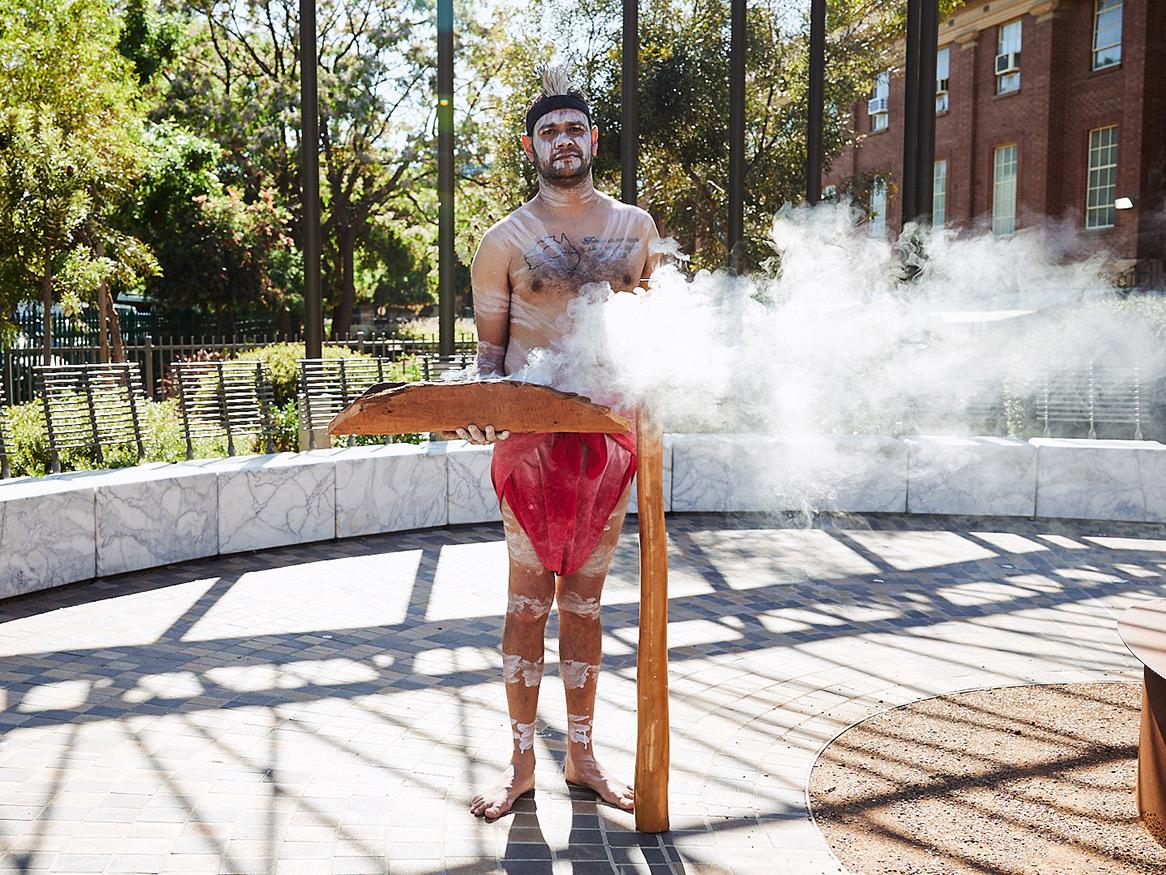Reconciliation

Kaurna acknowledgement
Ngadlu, yaitya miyurna wama Tarntanyanangkurlu, University of Adelaideku pudlurri-api tampinthi. Itu warrarlu, yaintya piipangka, wakinha yaitya miyurna-itya, tampinthi. Universitidlu yaitya miyurna pudlurri-apinthi, wakinha muinmurnituwayi, marnirni-apititya, warpulayinthi nguyanguya murititya.
Martu-ityangka Kaurna miyurna, ngai wangkanthi, "marni naa Kaurna yarta-ana pudni." "Marni naa University of Adelaidilla pudni." Padni'adlu watu. Ngai pirku–mankulankula Tarntanya miyurnaku.
Dr Lewis Yarlupurka O’Brien AO
Kaurna Elder
'We, the Indigenous people of the Adelaide Plains, acknowledge the University of Adelaide's statement. These words on this page recognise injustice (bad/evil) for Indigenous people. The University is making a statement to Indigenous people so as to not allow injustice (bad/evil) to continue, in order to make things better and work towards reconciliation.'
'Welcome to Kaurna Country, I welcome you to the University of Adelaide. Thank you. Let's all walk together. I am the Ambassador of the Adelaide Plains People’
Dr Lewis Yarlupurka O’Brien AO
Kaurna Elder






